Types of shallow foundations needed to be identified for different situations and conditions for construction works. Foundations can be broadly classified into two types ie: shallow foundations and deep foundations. Shallow foundations are constructed in areas where the soil layer is capable of negotiating the structural loads available at a shallow depth (up to 1.5m). Shallow foundations typically have less depth than width. This article offers an in-depth review of shallow foundations and types of shallow foundations.
What is shallow foundation?
Shallow foundations transfer load to the earth laterally. Additionally known as stripped foundations. The depth of a shallow foundation is less than its width. When the load acting on a structure is reasonable and there is a competent soil layer capable of supporting the loads available at a shallow or shorter depth, shallow foundations are used.
Generally, a shallow foundation is laid on the ground’s surface. A shallow foundation can be anywhere from one metre to three and a half metres deep, and occasionally even deeper. The shallow foundation’s width exceeds its depth.
Types of shallow foundations
According to site conditions and design specifications, shallow foundations can be broadly classified into different categories. Meanwhile, the various types of shallow foundations that are frequently used on construction sites are listed below.
- Spread footing or isolated footing
- Strip footing
- Combined footing
- Strap footings
- Mat or Raft foundations
Shallow foundation type- Spread footing or isolated footing
The spread footing is one of the most commonly used types of shallow foundations. They are also called isolated footing or individual footing. Spread footings are further classified into simple spread footing, sloped spread footing, and stepped spread footing based on the shape of the footing.
- Simple spread footing
- Sloped spread footing
- Stepped spread footing
Shallow foundation type: Youtube video
Related articles from vincivilworld
Simple spread footing
This is a common type of spread footing. In this case, a single column is placed above the base footing of a conventional spread footing. For structures with reasonable loads and soil having comparatively fair bearing capacities, these types of shallow foundations are used.
Sloped spread footing
In these types of shallow foundations, the footing is sloped as shown in the figure. Generally, the footing carries a single column. Similarly, the cross-section of these types of footings is trapezoidal in shape.
Stepped spread footing
When the loads are high steps are provided in these types of footings as shown in the figure.
Types of shallow foundations- Strip footing
Strip footings are also called wall footings. Basically, they are used for providing load-bearing brick/stone/RCC walls over the footings. Strip footings run continuously throughout the wall area of a building. These types of footings are also used when the spacing between the columns is very less and the footings overlap each other.
Types of shallow foundations – Combined footing
Combined footing consists of two or more columns over a single footing. These types of footings are adopted when the distance between the two individual footings is very less and overlaps each other. A combined footing is also provided in areas where further excavation is not possible due to any flushing with the boundary. A combined footing is classified into rectangular combined footings and trapezoidal combined footings.
Strap footings
Strap footings are also called cantilever footings consisting of two individual footings connected through a beam strap. The beam strap is designed as a rigid structure. These types of shallow foundations are more economical than combined footings.

Mat or Raft foundations
Raft foundation – One of the most commonly used types of shallow foundation in construction is a continuous slab resting on the soil and covering the total area of the proposed structure. There are different types of raft foundations based on their applications. The selection of the type of raft foundation depends on a lot of factors like bearing capacity, loads, site conditions, etc.
Raft foundation/Mat foundation is a solid slab placed at a designed depth spreading over the entire area of the structure. Raft foundations consist of columns and shear walls for transferring loads coming from the structure to the ground. These types of foundations are mainly used when the bearing capacity of the soil is low and becomes difficult for individual footings to negotiate the loads. The raft foundation helps to transfer the entire load of the structure to a larger area.
Please read the total details about raft foundation in RAFT FOUNDATION- TYPES AND ADVANTAGES
Types of shallow foundations – Suitability
Shallow foundations are very easy to construct and do not require highly skilled manpower and professional supervision. These foundations can even be done with the help of medium-skilled workers. A shallow foundation is very economical when compared with a deep foundation. Shallow foundations are end-bearing type foundations that transfer loads to the end of the foundation.
Shallow foundations are considered the most preferred option when the safe bearing capacity of the soil is reasonable and the structural loads are within the permissible limits.

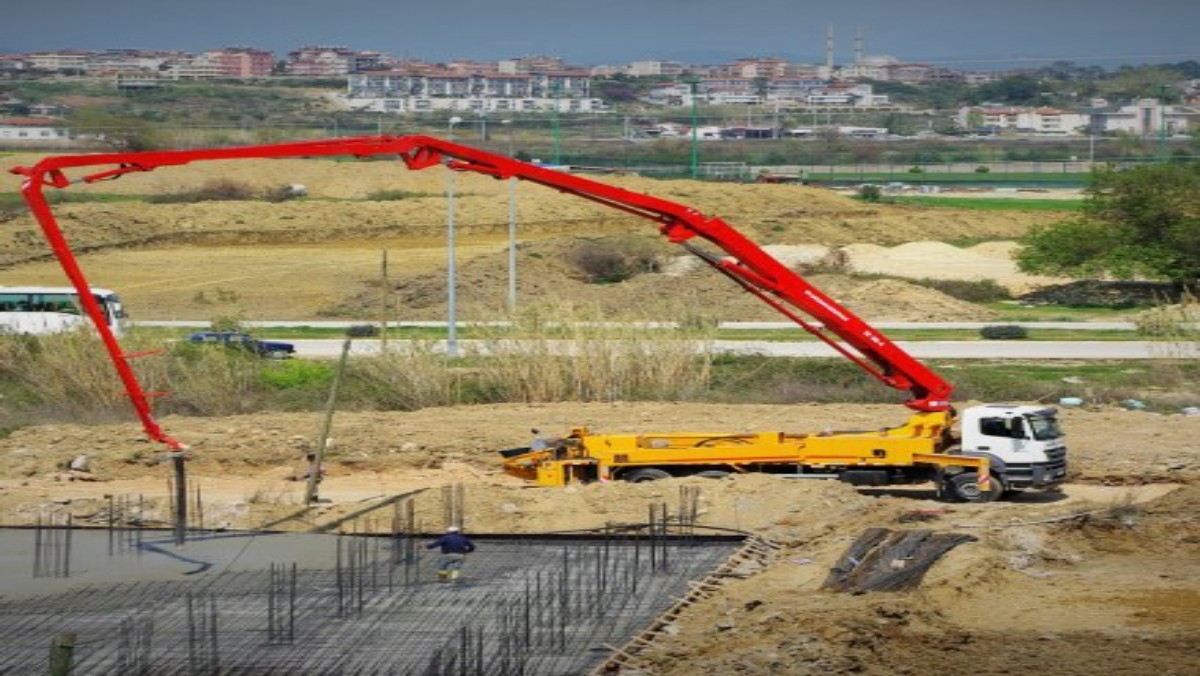
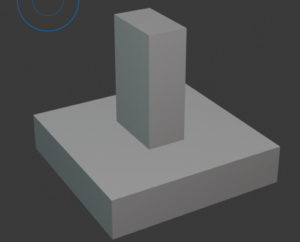
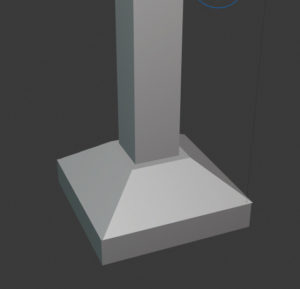
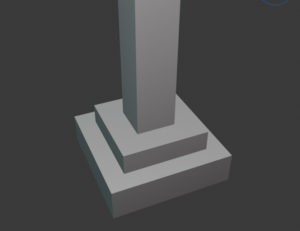
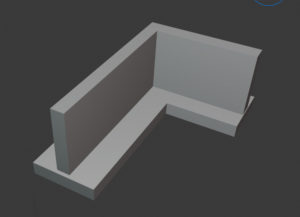
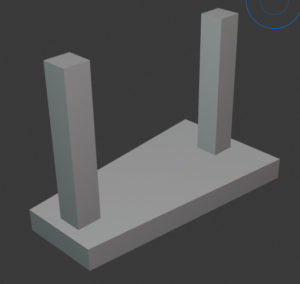

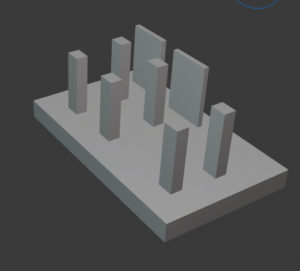
2 comments
Comments are closed.